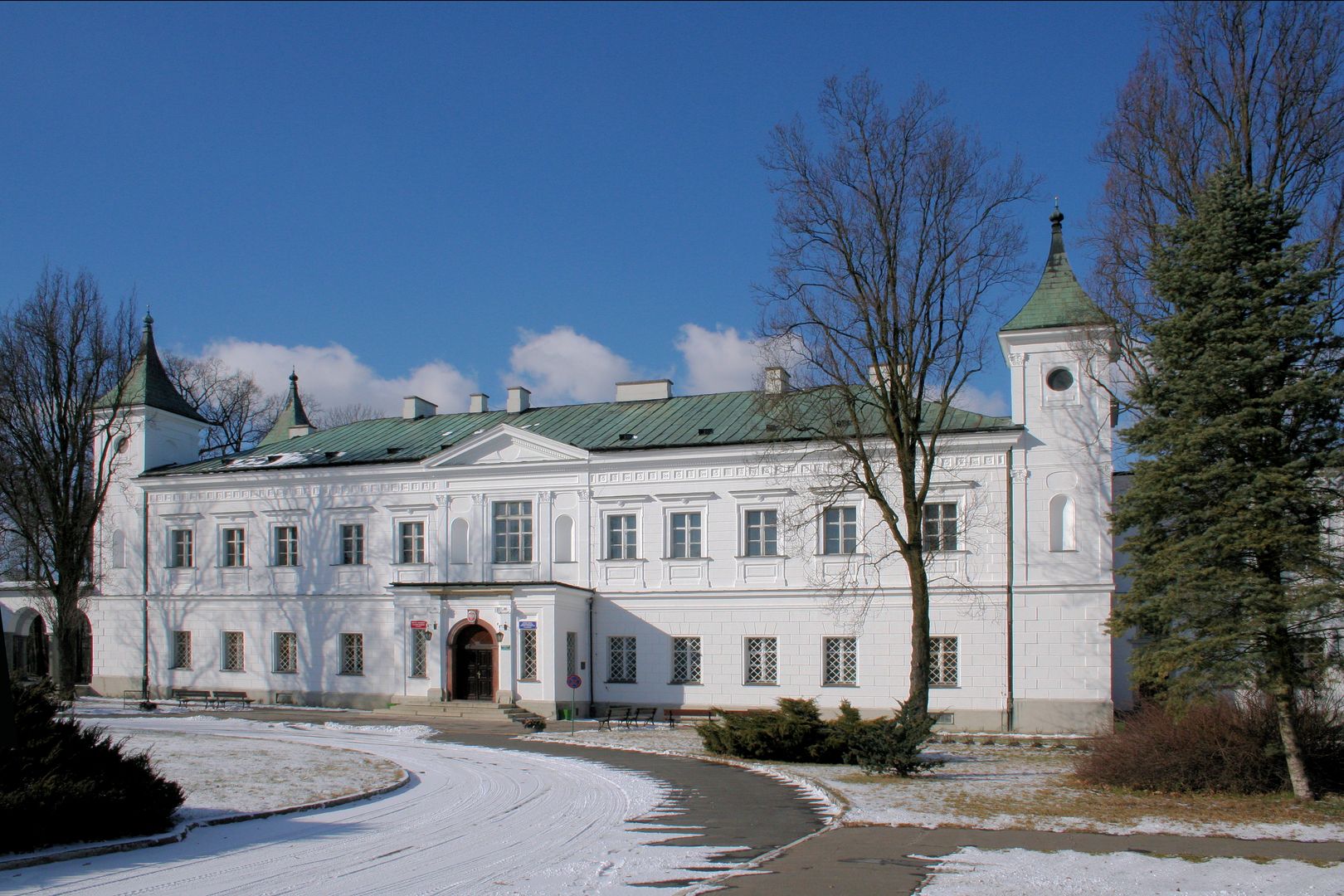Falenty Palace
6.82

Overview
The Falent Palace is an early Baroque building from the first half of the 17th century, constructed around 1620 by Zygmunt Opacki, the chamberlain of Warsaw, and surrounded by a landscape park. Over the centuries, it hosted notable figures, including Kings Sigismund III and Władysław IV, as well as Queen Marie Louise Gonzaga. During the Swedish Deluge, the palace suffered damage and was rebuilt in 1717 thanks to Franciszek Jan Załuski, the voivode of Chernihiv. In 1787, Piotr Tepper and his adopted nephew Piotr Fergusson Tepper carried out a modernization, with architect Szymon Bogumił Zug preparing new designs. During this time, the palace was visited by King Stanisław August Poniatowski. In the 18th century, to commemorate the Battle of Raszyn, Zofia Danglowa placed a memorial plaque on the palace. In 1839, the Falent estate was purchased by merchant Jan August Spiski, who built an orangery and modernized the garden. Subsequent owners, Countess Maria Przeździecka née Tyzenhauz and Count Aleksander Przeździecki, carried out a reconstruction between 1852 and 1857 under the direction of Italian architect Franciszek Maria Lanci. From 1872 to 1909, the palace was owned by Gustaw Przeździecki and later by his daughter Zofia Czetwertyńska. During World War II, the palace served as a recreational center for high-ranking SS officers. After the war, in 1945, the estate was taken over by the State Treasury, and following a reconstruction designed by Franciszek Kanclerz, it housed the Supreme Audit Office and later the Council of State. Today, it is home to the Institute of Technology and Life Sciences and the Higher School of Entrepreneurship and Regional Development, making the palace an important cultural and educational center.
Location
2025 Wizytor | All Rights Reserved